What Can Providers Give to Patients, Pt 1
Adminby Elizabeth E. Hogue, Esq.
Providers Kickbacks
Keeping it Clean
Providers, including marketers, are tempted to give patients free items and services. But be careful! These activities may violate laws prohibiting providers that participate in state and federal health programs from giving free items and services to patients. Private insurers often impose the same prohibitions. This means that private duty agencies are not exempt from these fraud and abuse prohibitions if they participate in any state healthcare programs, such as Medicaid or Medicaid waiver programs, or accept payments from private insurers.
Provider Prohibitions
- Result in overutilization of services
- Produce decisions concerning care that are not objective
- Increase costs to the Medicare and Medicaid Programs and other state and federal healthcare programs
Consequences of Provider Kickbacks

There are two applicable federal statutes:
- The anti-kickback statute (AKS)
- The civil monetary penalties law (CMPL)
Exceptions
The federal government says that providers have violated the federal False Claims Statute if referrals are obtained in a way that violates the AKS and providers submit claims for services provided to patients who were referred in violation of the AKS. Providers generally violate the False Claims Statute if they submit claims or cost reports to the government that include untrue information. When providers submit claims, they, according to enforcers, also promise that referrals were not received in ways that are prohibited. If referrals are received inappropriately by violating the anti-kickback statute, for example, then the claims are “false.” Giving free items or services to patients may also violate a federal statute: the civil money penalties law.
Promotions and Marketing
The CMPL prohibits providers from offering to give or actually giving items or services to patients or potential patients that are likely to influence receipt of services from particular providers. This prohibition is especially relevant to marketing activities. It applies to both direct and indirect promotional activities.
State-Specific Laws
Providers must also comply with applicable laws in all of the states in which they do business. State laws vary, of course, from state to state. Many states have anti-kickback statutes that are similar to the federal statute described above. State licensure statutes for physicians, nurses, therapists, social workers, and other types of providers may also include prohibitions on giving free or discounted items or services to patients, especially when they may induce patients to receive potentially unnecessary services.
Final Thoughts
Although providers may have good intentions when they give free items or services to patients and potential patients, before they are acted upon such intentions must be subjected to consideration of the prohibitions described above.
This is part 1 of a two-part series. Look for part 2 next week.
# # #
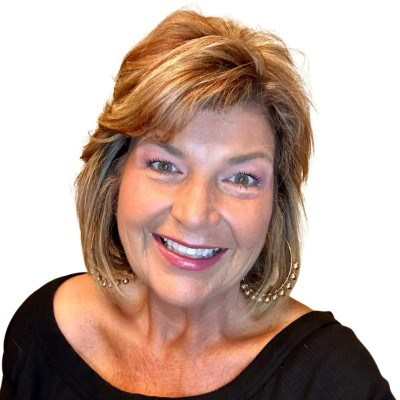
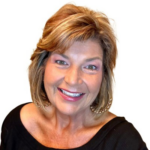
Elizabeth Hogue is an attorney in private practice with extensive experience in health care. She represents clients across the U.S., including professional associations, managed care providers, hospitals, long-term care facilities, home health agencies, durable medical equipment companies, and hospices.
©2025 Elizabeth E. Hogue, Esq. All rights reserved.
No portion of this material may be reproduced in any form without the advance written permission of the author.
©2025 by The Rowan Report, Peoria, AZ. All rights reserved.

 The financial and health implications of uninformed disenrollment from PACE to conventional MA plans are significant. The needs of PACE beneficiaries, most of whom have multiple complex medical conditions, cognitive or functional impairments – or all three – are not comprehensively addressed by MA plans. The loss of PACE services is harmful and, in some cases, can be life-threatening.
The financial and health implications of uninformed disenrollment from PACE to conventional MA plans are significant. The needs of PACE beneficiaries, most of whom have multiple complex medical conditions, cognitive or functional impairments – or all three – are not comprehensively addressed by MA plans. The loss of PACE services is harmful and, in some cases, can be life-threatening. We share CMS’ stated desire that people have access to accurate and complete information when they make health care choices. We have numerous examples of vulnerable seniors being induced to enroll in MA plans without being fully-informed of what they are giving up when they enroll.
We share CMS’ stated desire that people have access to accurate and complete information when they make health care choices. We have numerous examples of vulnerable seniors being induced to enroll in MA plans without being fully-informed of what they are giving up when they enroll.



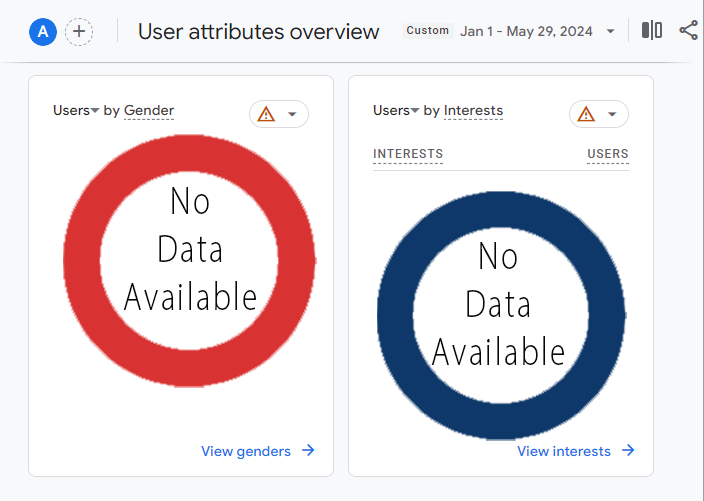
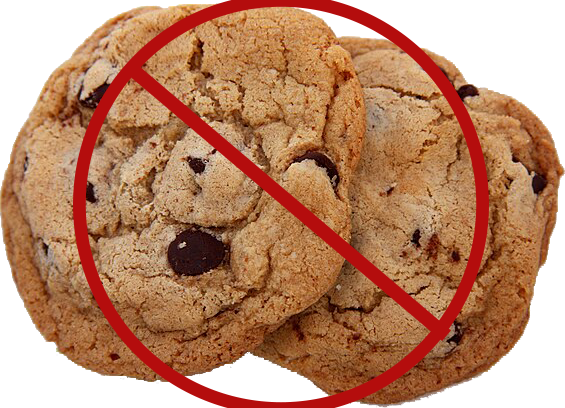
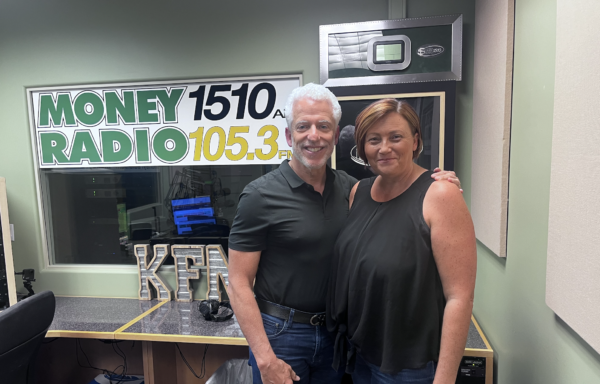



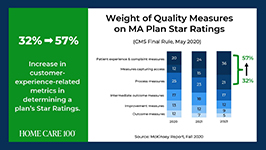
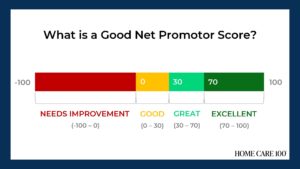 • HHCAHPS
• HHCAHPS
 Tim Rowan is a 30-year home care technology consultant who co-founded and served as Editor and principal writer of this publication for 25 years. He continues to occasionally contribute news and analysis articles under The Rowan Report’s new ownership. He also continues to work part-time as a Home Care recruiting and retention consultant. More information:
Tim Rowan is a 30-year home care technology consultant who co-founded and served as Editor and principal writer of this publication for 25 years. He continues to occasionally contribute news and analysis articles under The Rowan Report’s new ownership. He also continues to work part-time as a Home Care recruiting and retention consultant. More information: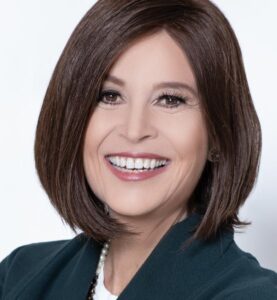 An executive advisor, educator, speaker and author, Mary E. Maloney is the founder of
An executive advisor, educator, speaker and author, Mary E. Maloney is the founder of 

